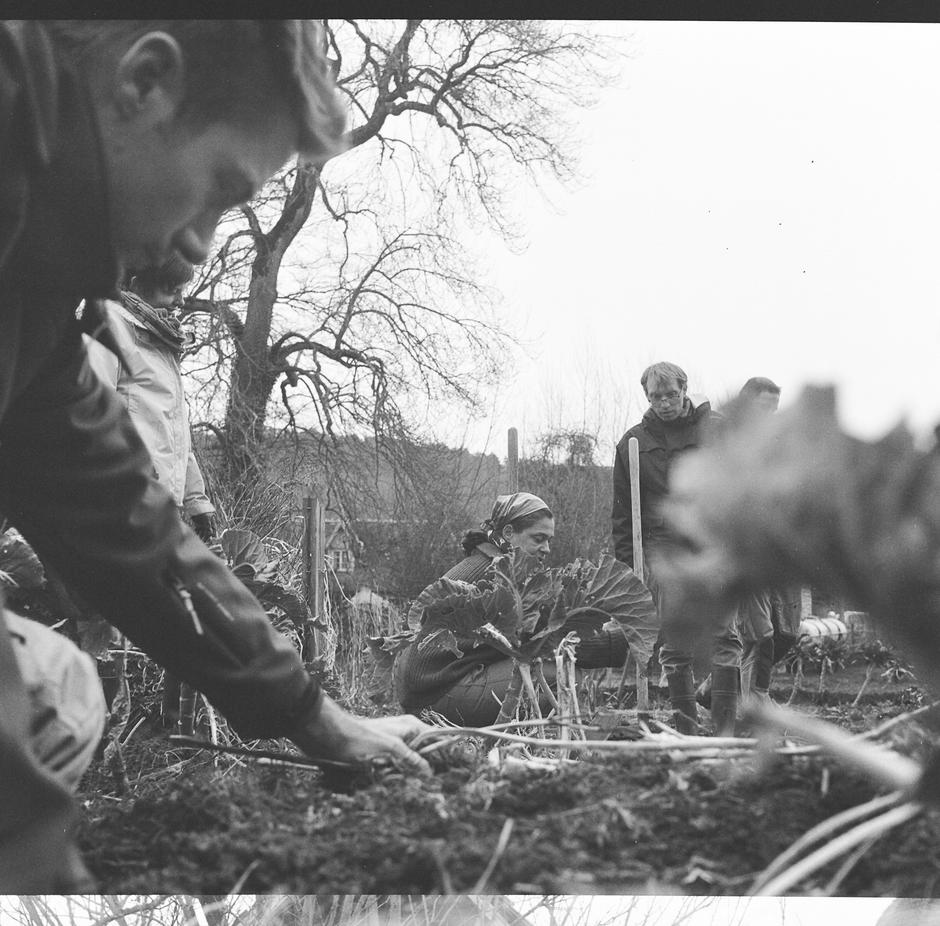
Ferme du Bec‑Hellouin
This farm is a pioneer of permaculture in France. This is where I got to learn the theory and practice of these environment and human friendly principles.

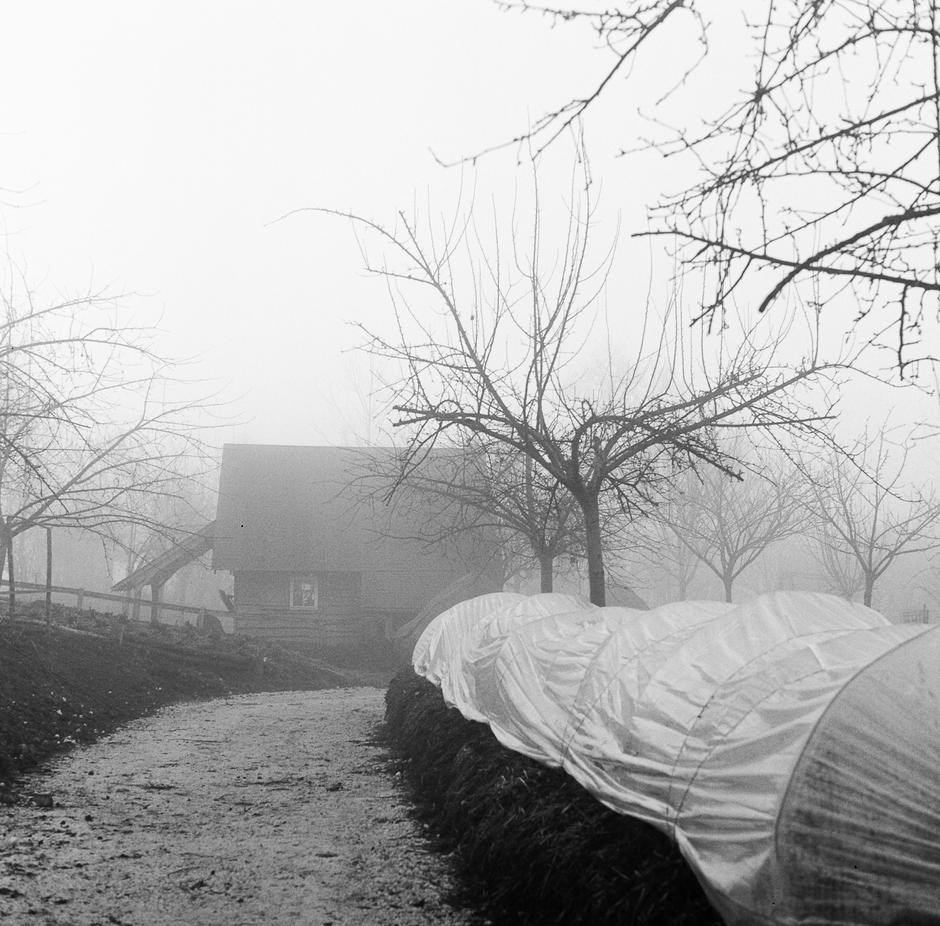
March is still cold around here. Mornings are usually very foggy until 11am.
Time gets suspended, life seems to be on hold.
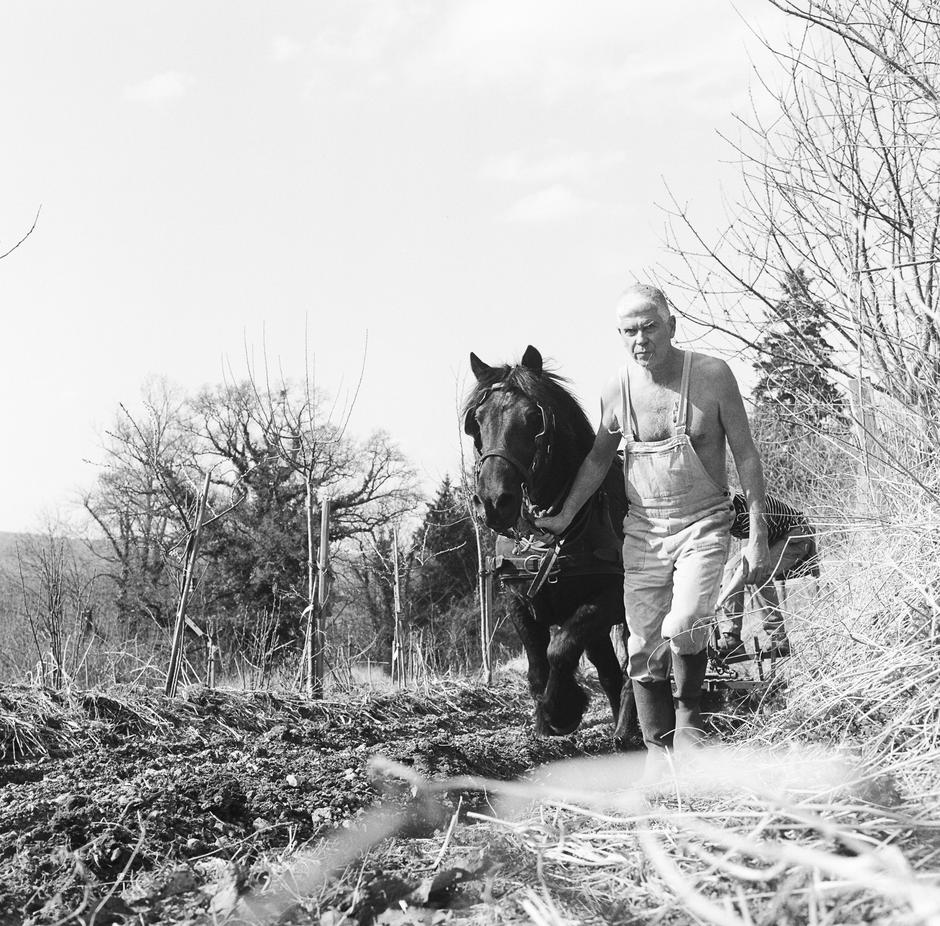
We learn animal traction is good as it packs the soil gently and does not destroy its inner life ecosystem.
Plus horses gives you manure for free. Well, in exchange of food – they definitely accommodate themselves with our organic kitchen wastes.
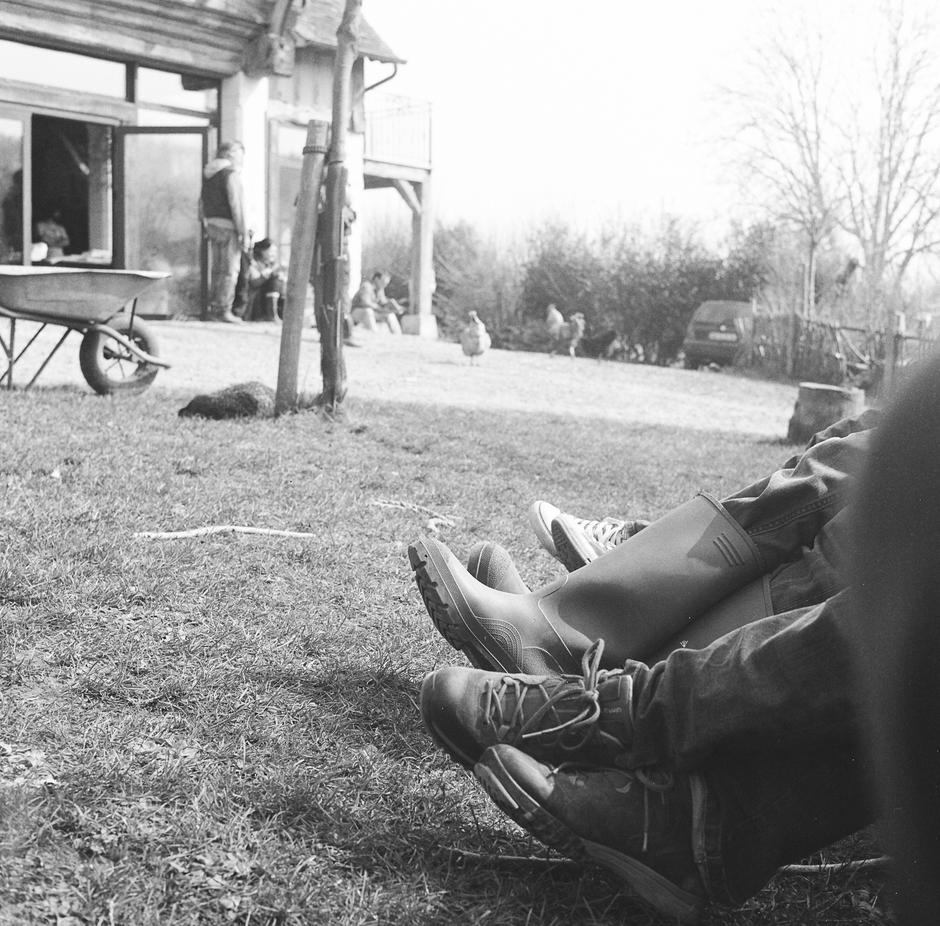
A sunny afternoon would not go well without a nap or some chill out time.
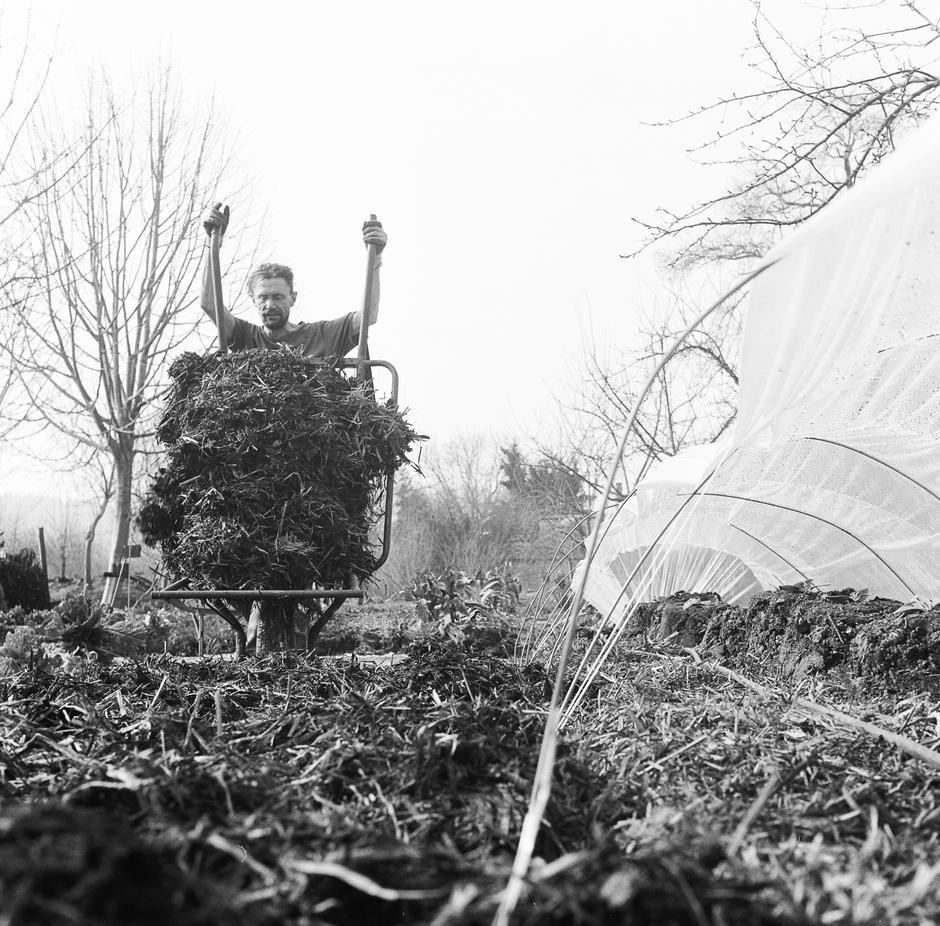
The soil gets covered to protect it from the cold but also to stimulate organic life and to attract worms to upper layers.
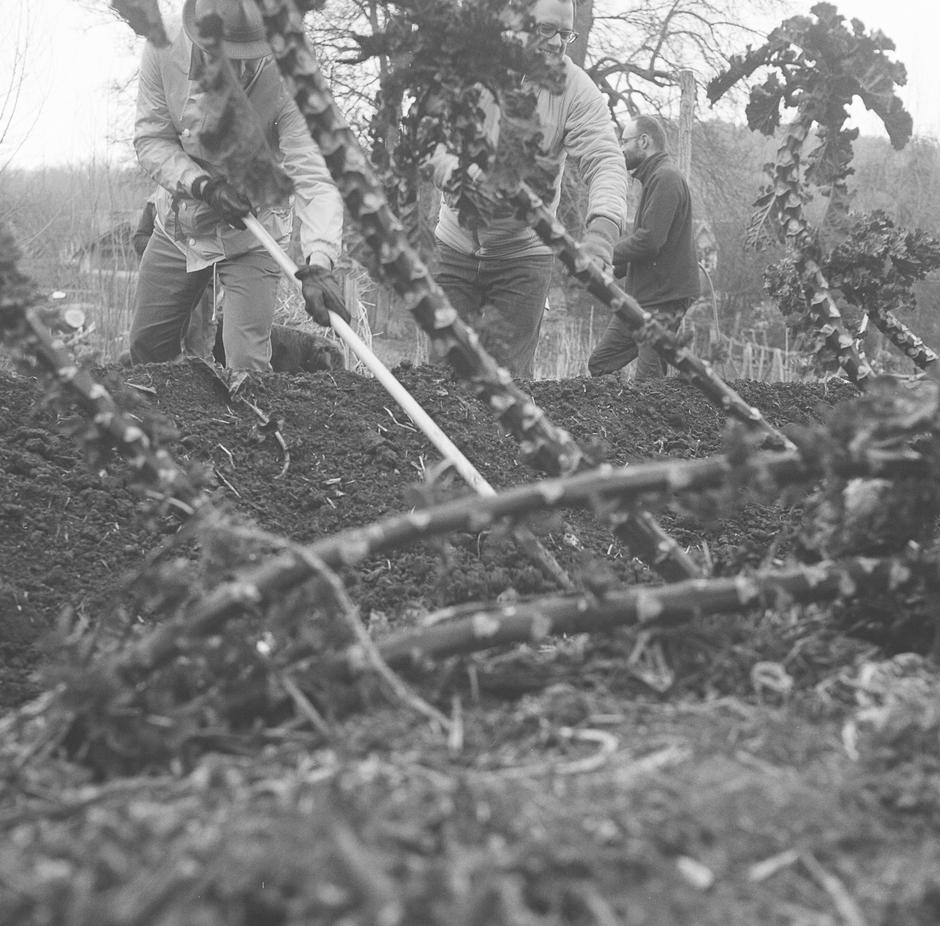
We create mounds to elevate the crops from the soil and to give them more space to grow their roots. It is also a good way to prevent them to be soaked in water.
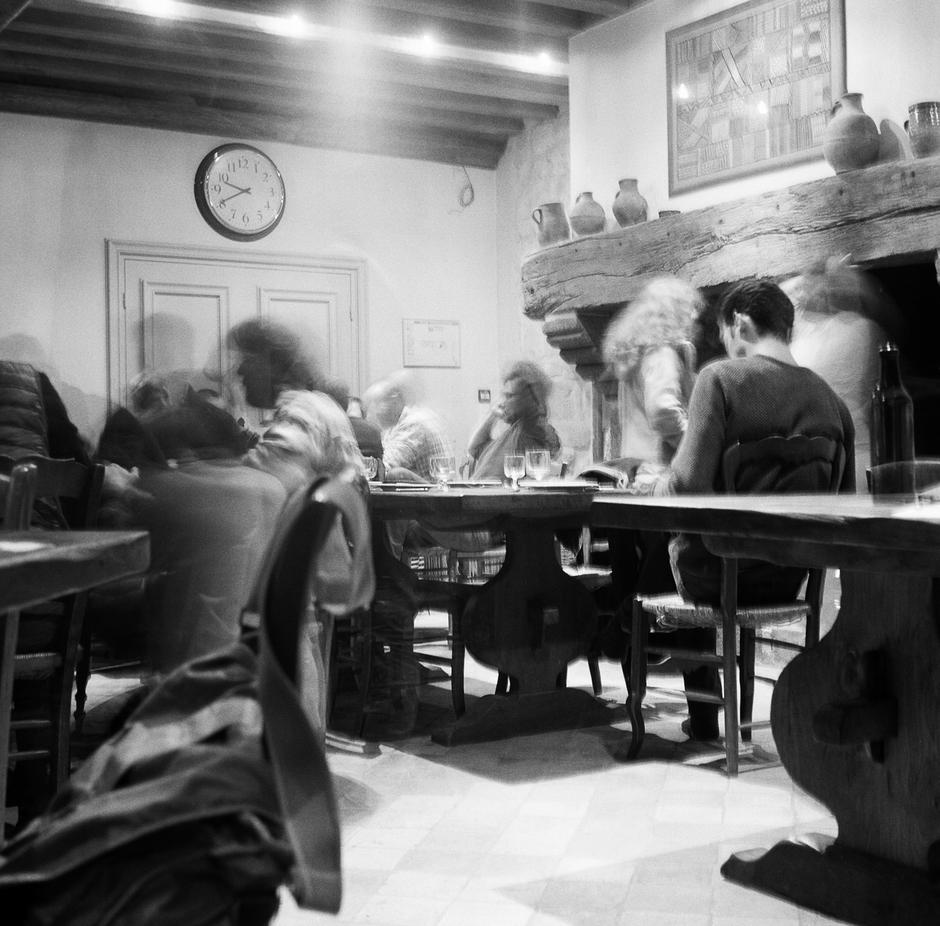
The huge fireplace attracts many of us during the chilled evenings.
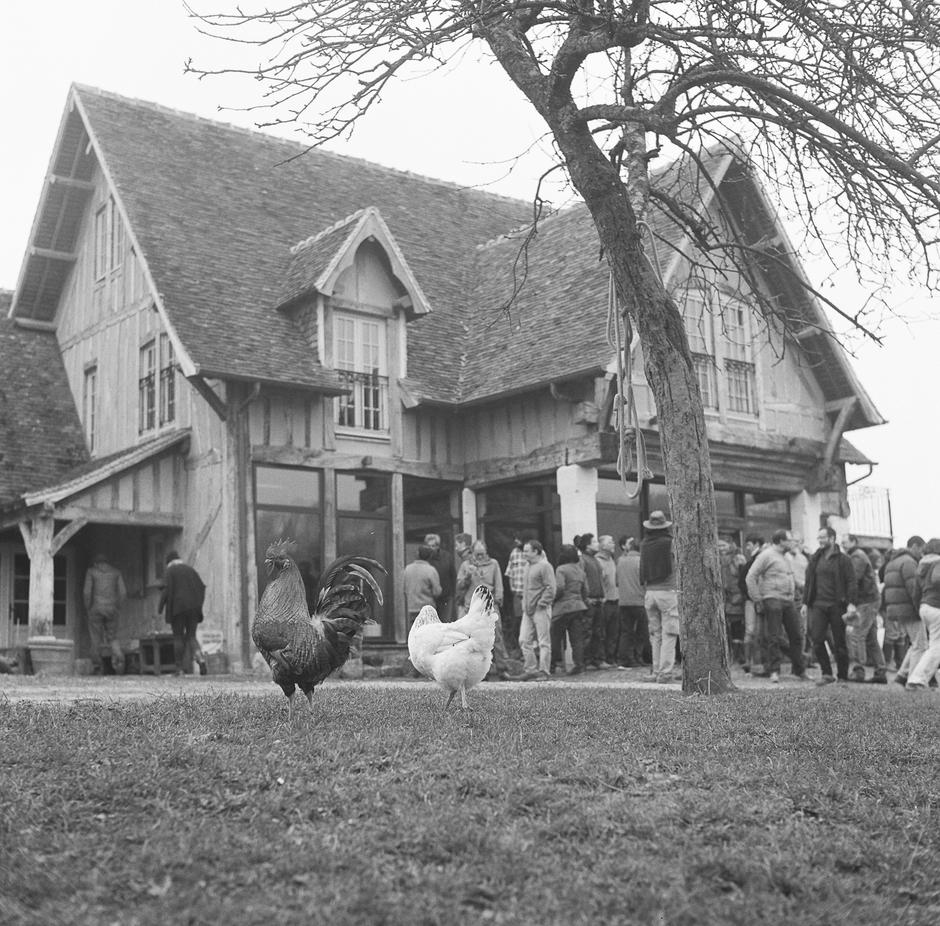
The week is already over. The group disbands in a relaxed ambiance, the heart filled with energy and a will to bring the newly acquired knowledge back to our homes.
I have the feeling growing my own vegs is a natural thing to do, and a great way to sought for tranquility.
A year and three months later. Time to learn again.
The same place but different. A different season.
I travel like Chris Marker.
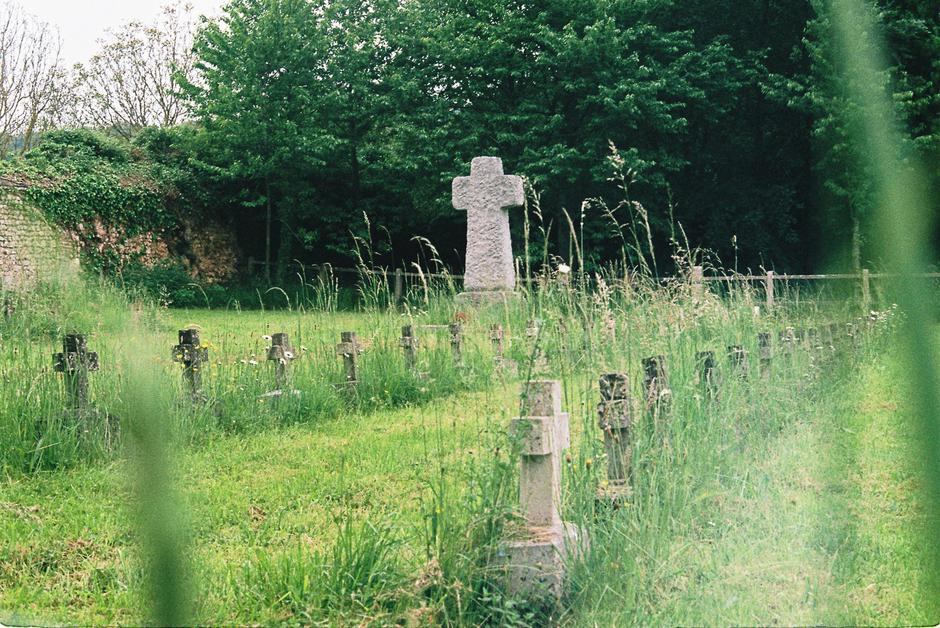
This time I make sure to explore the surroundings. Le Bec-Hellouin is a listed village due to its ancient (and gorgeous) abbey.
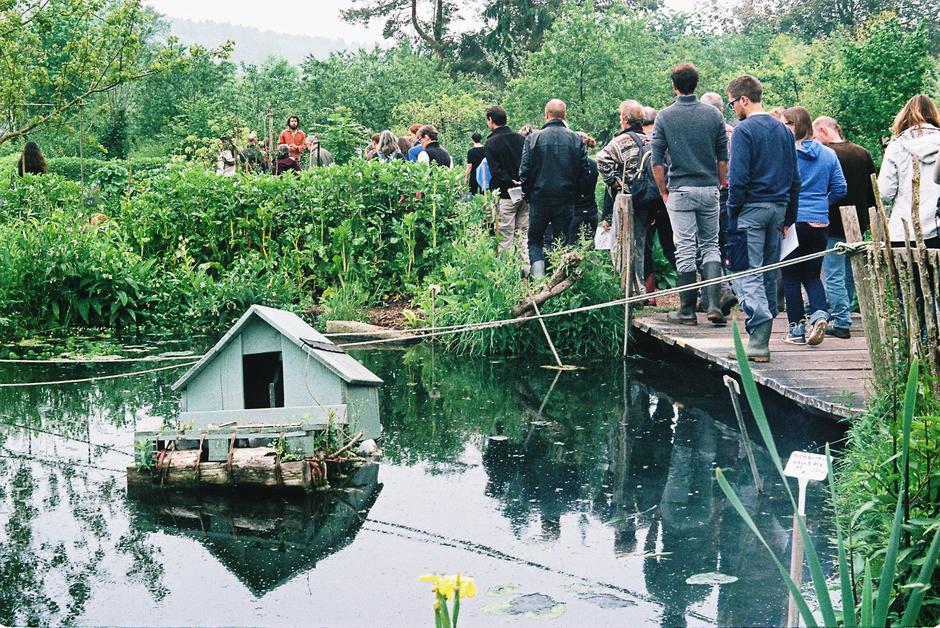
The disposition of the farm has changed in a year time, especially as it it is now a different season of the year. It is actually quite warm and sunny. Very different from early springtide.
Nature is flourishing; the green colour is omnipresent and we are all eager to get our hands dirty!
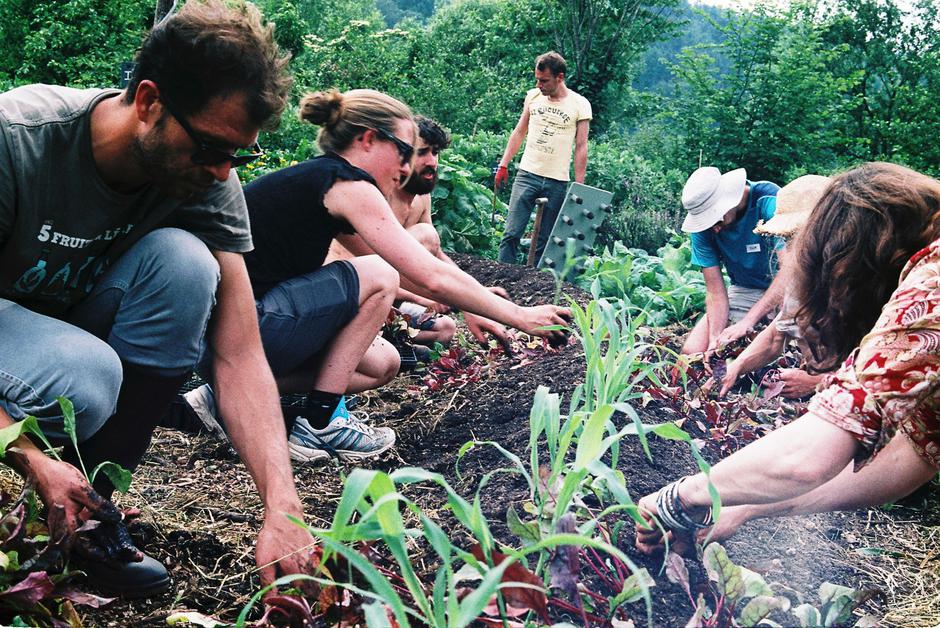
I think we are planting beetroots. They were kept in a glasshouse during spring to help develop the crops and transfer them when the outside temperature is warm enough for them to mature.
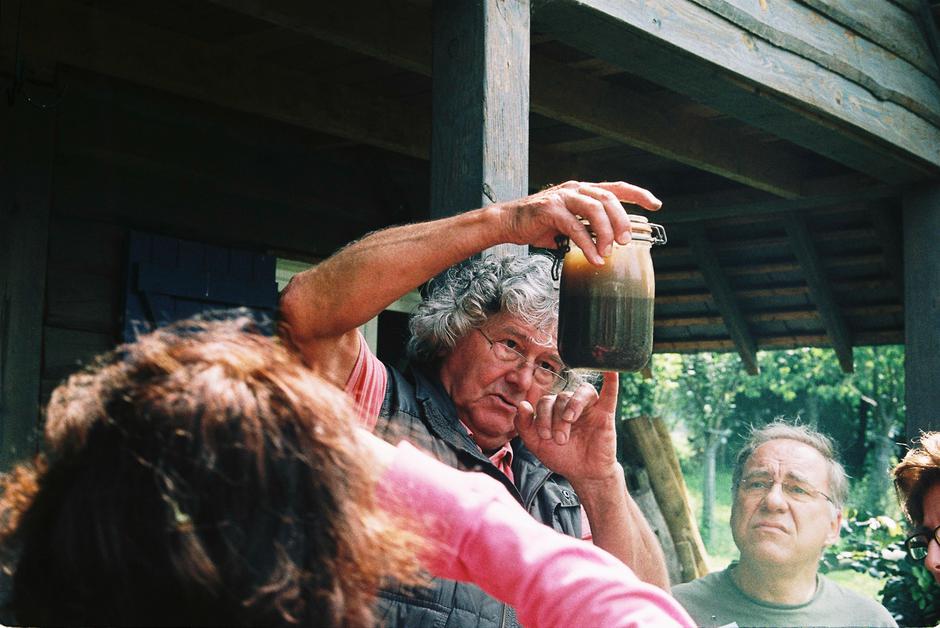
Marc is a wizard of the soil and wild plants. He shows us how to analyse it and to observe its composition.
This is useful to help seed the right species in a soil structure they can accommodate with.
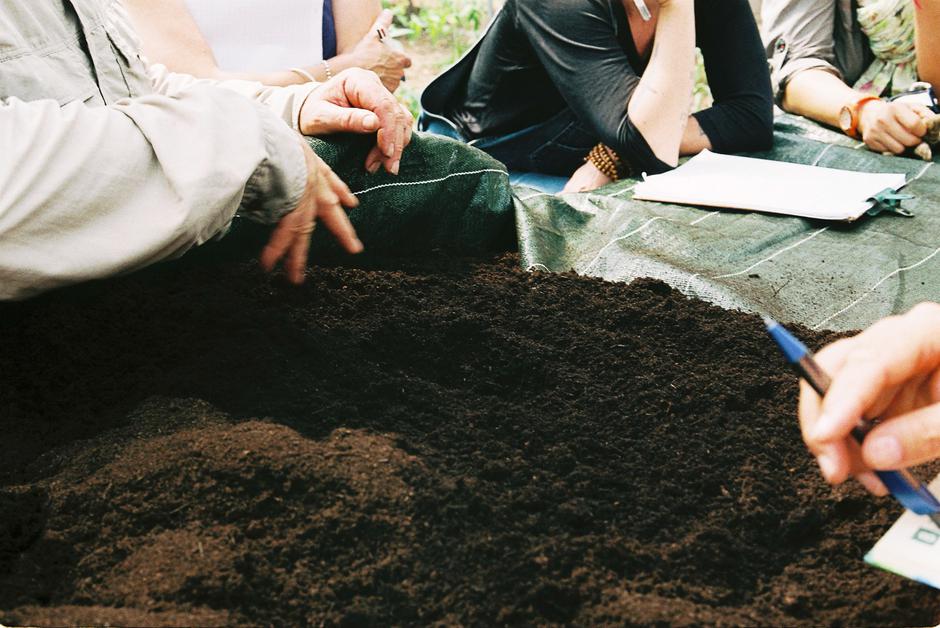
This is what a good humus looks like. Clean, light and airy.
I do not know why, but it smells good and looks like the right colour.
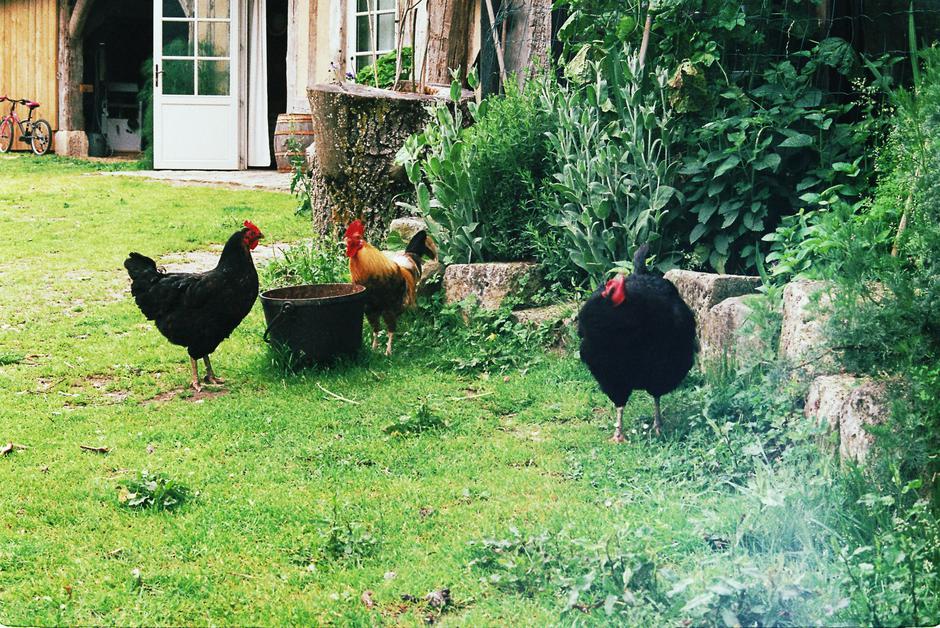
They look useless but they are viciously nagging slugs and cleaning every piece of the land they can access.
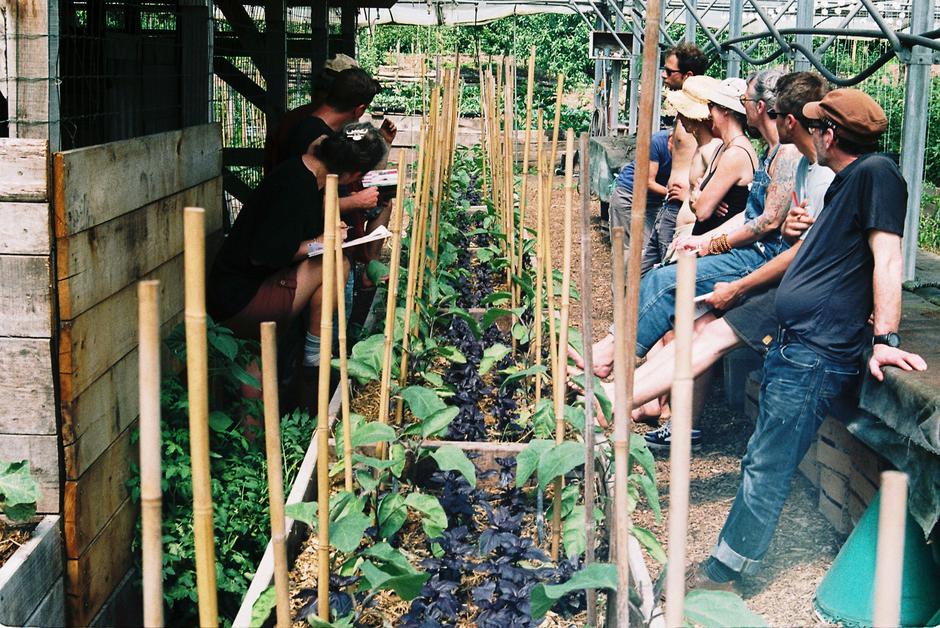
One of my favourite thing is crops combination: a good use of time and space as well as nutrions interactions between the plants!
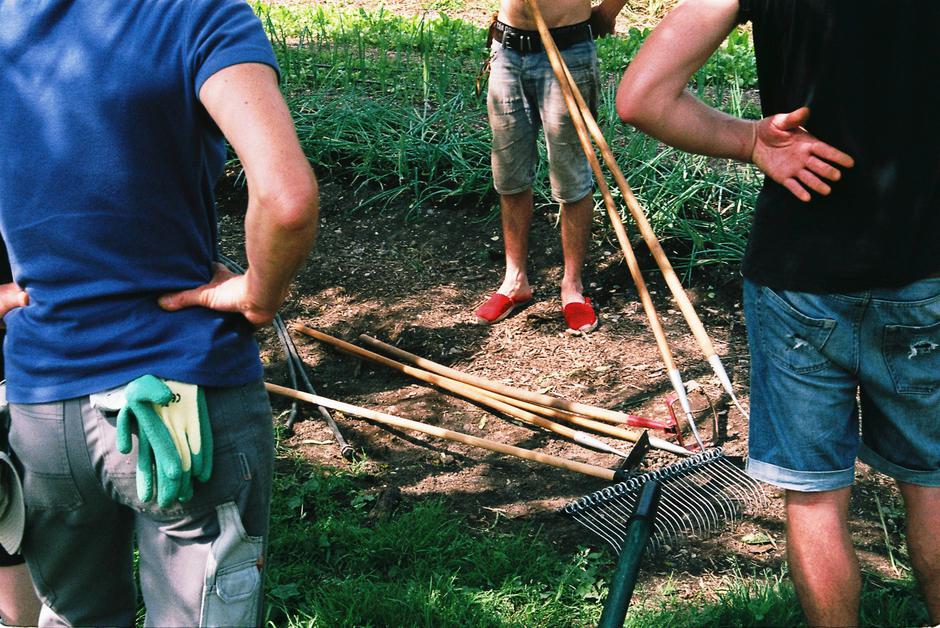
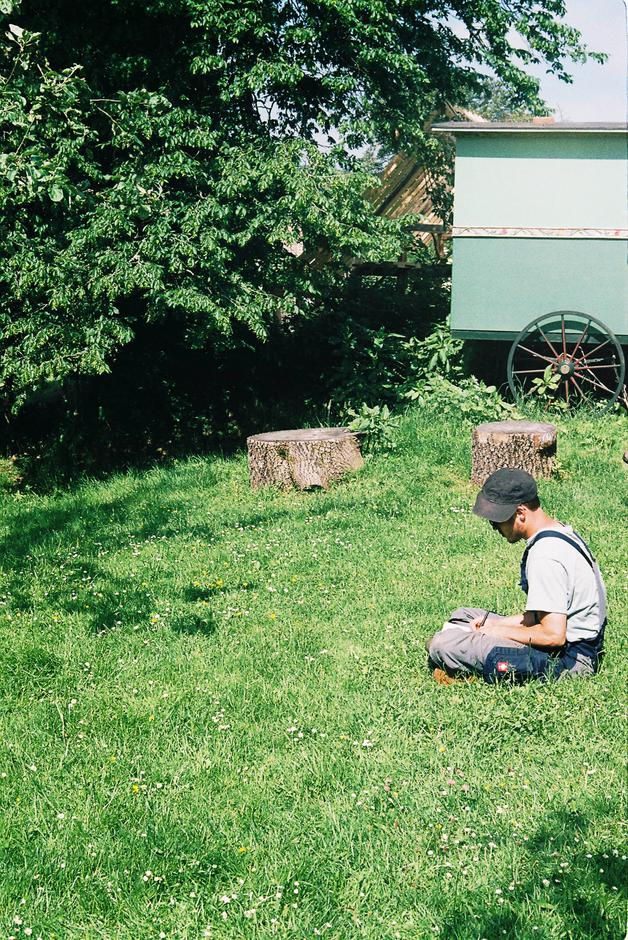
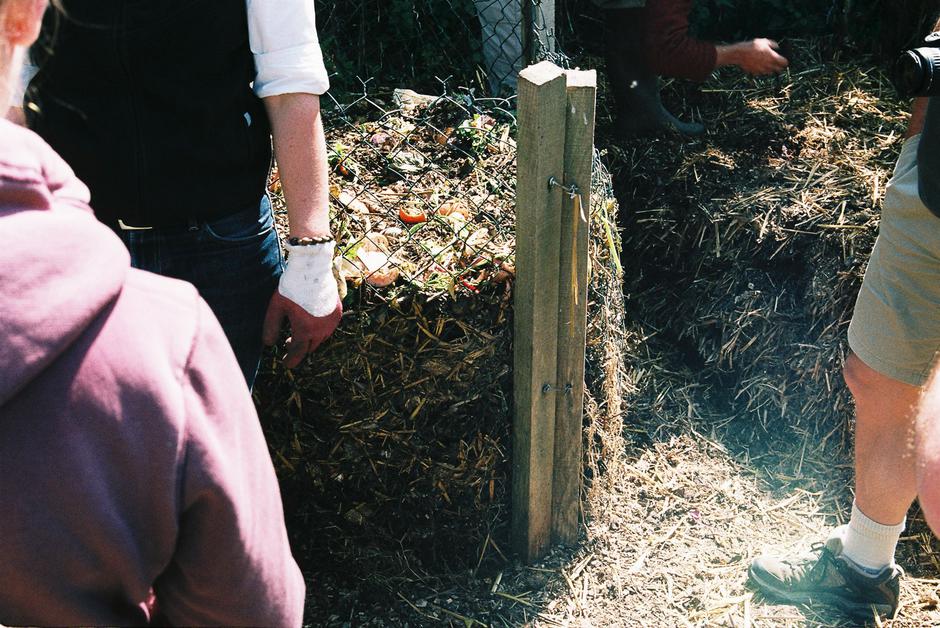
We are about to create our own stack of compost by combining organic waste, green cuts and horse manure.
In three to six months time, this will have been decomposed by worms and turned into a clean humus.
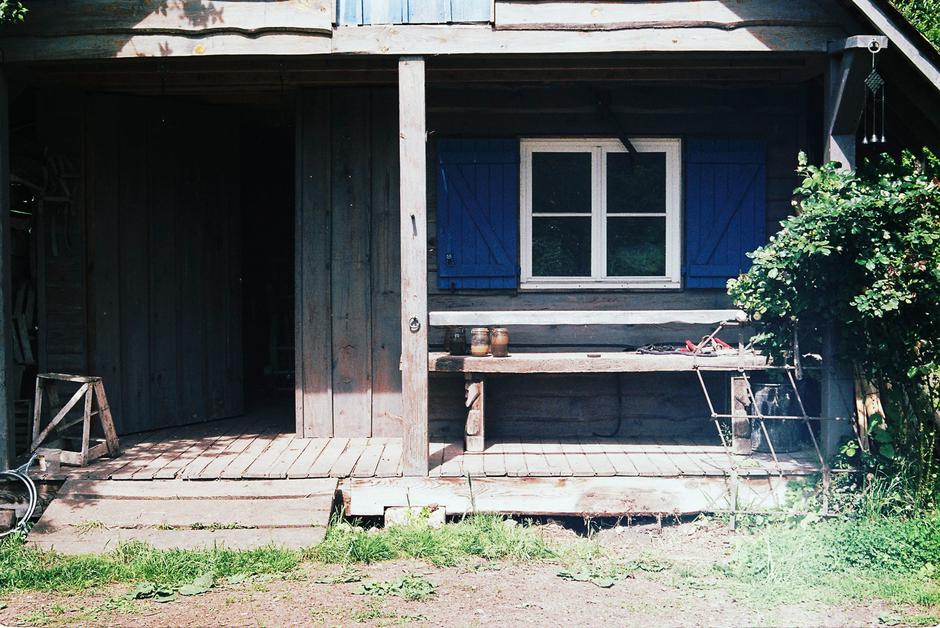
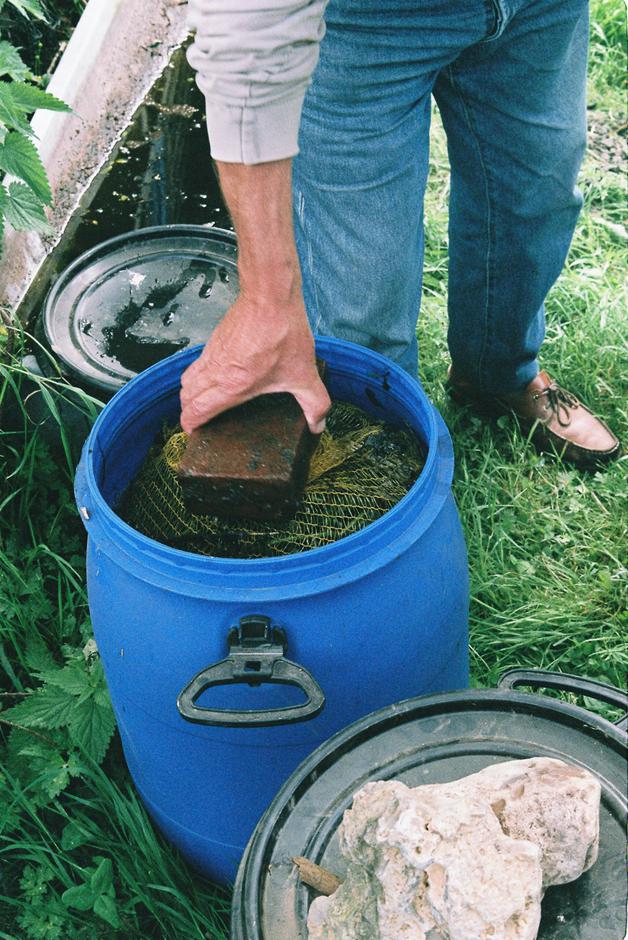
A wild plant potion. Once diluted in water and spread over plants, it will heal them from mushrooms.
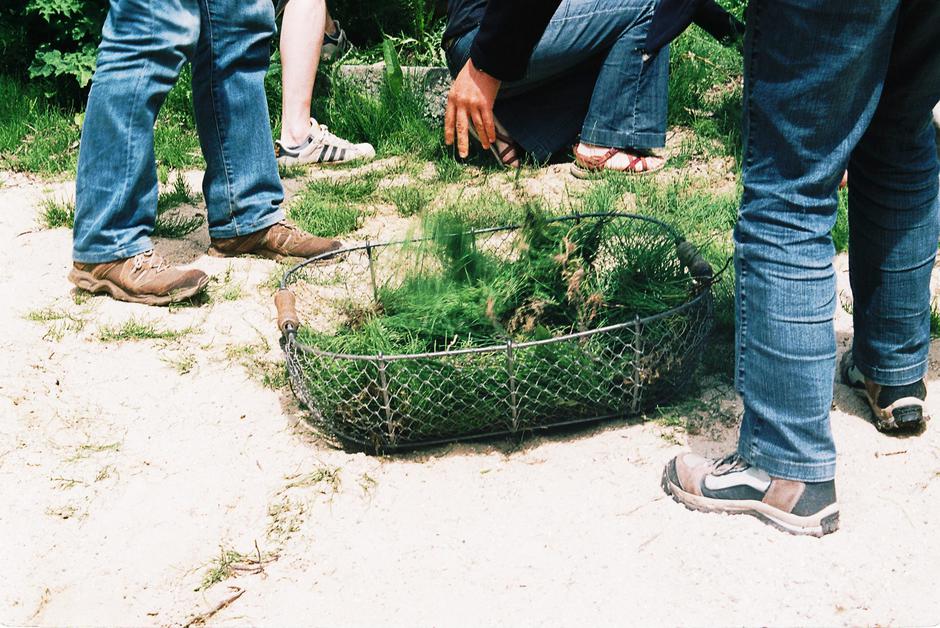
We harvest wild plants to create a new potion. This one will naturally prevent crops to be eaten by various insects.
Nature already provides everything to fertilise and protect it from insects and disease.
Wild plants is my strongest take-away from this second week at the farm.
First contact with the soil and the vegetables it hosts.
March is a transitional season as we gradually clear out winter beds and move towards preparing summer crops.